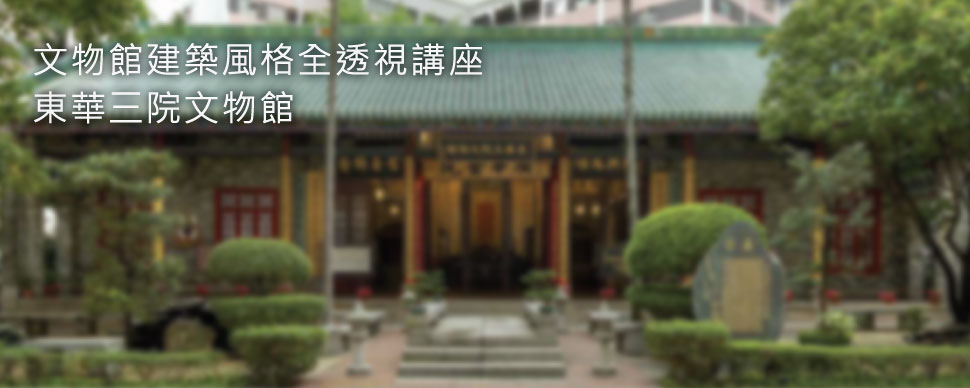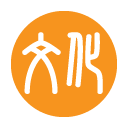Art Event
Page : International Museum Day 2014
Guided tour for the architecture style of the Tung Wah Museum

| Guided Tour for the architecture style of the Tung Wah Museum | |
| Experience ancient architecture tour guide, Mr So Man Hing will introduce the structure of traditional Chinese architecture in Hong Kong and its hidden cultural meanings, visitors can observe the architecture of the traditional Chinese building at the Tung Wah Museum (which was formerly the Tung Wah hospital built in 1911) and to gain a deeper understanding of traditional Chinese architecture. | |
| Date: | May 17, 2014 (Sat) / May 18, 2014 (Sun) |
| Time: | 2pm - 4pm |
| Place: | Tung Wah Museum |
| Quota: | 60 persons |
| Language: | Cantonese |
| Fee: | Free |
| Application: | Advance booking is required and is on a first-come-first-served basis. Starting from May 8th, anyone interested in this activity can call the Tung Wah Museum at 2770 0867 to apply and each application accepts a party of two. All participants will get a souvenir. And from May 17 to 18, 30% discount off will be offered for buying publications on history of Tung Wah Hospitals. |
| About the Tung Wah Museum Established in 1911, Tung Wah Museum was declared a monument by the Hong Kong Government on Nov 12, 2010 for its high historical value. The museum was formerly the Main Building of Kwong Wah Hospital and was a single-storey building at that time. In 1919, it was converted to a 2-storey building to ease the acute demand for hospital beds. Due to termite infestation to the timber roof structure, major repair works to the Main Hall were carried out in 1947. The stone tablet recording this restoration project is found on the façade. The entire old complex of Kwong Wah Hospital underwent a thorough reconstruction in 1958 with only the isolated Main Hall Building being reserved as a historical building. In 1970, the centenary year for Tung Wah, the then Board of Directors renamed it “Tung Wah Museum”, thus opening a new page for Tung Wah to collect its archives and valuable relics in a systematic manner. Main Hall The "ceremonial character" of the hall inside the building has a resemblance to those of the "Tze Tongs" (places where people housed the spirit-tablets of their ancestors) in the southern Chinese villages. The God of Shennong who is recognized as the discoverer of herbal medicine is enshrined in the centre of the hall. It symbolizes that the Group has started her charity work by upholding the mission of healing the sick with the provision of free medical services to the needy. The suanzhi wood furniture kept in the main hall has been used since 1911. Besides, the display of numerous plaques and couplets presented to Tung Wah shows the public's recognition of the Group's contributions to the society. "Exhibition on the 130 Years of the Tung Wah Group of Hospitals" Thematic Exhibition Exhibition Room II Valuable archives of Tung Wah such as the Huamin Zhengwusi laixin bu for 1911 (a collection of letters from the Registrar General/Secretary for Chinese Affairs in the early colonial period) and the Rules and Regulations of Tung Wah Hospital are displayed. Both are precious manuscripts which have not been printed nor published before. Other relics and archives on display include Zhengxin lu (accounting journals recording the annual income and expenditure, names of donors and activities of the service centres of Tung Wah), the incense burners and statute of King Emperor Man-cheong which were the historical relics of Man Mo Temple, as well as souvenirs presented by external parties and donated by former Boards of Directors and Chairmen. |
|
|
|
Tung Wah Museum
Kwong Wah Hospital,
25 Waterloo Road,
Kowloon
| Source: Tung Wah Museum www.tungwah.org.hk |





















